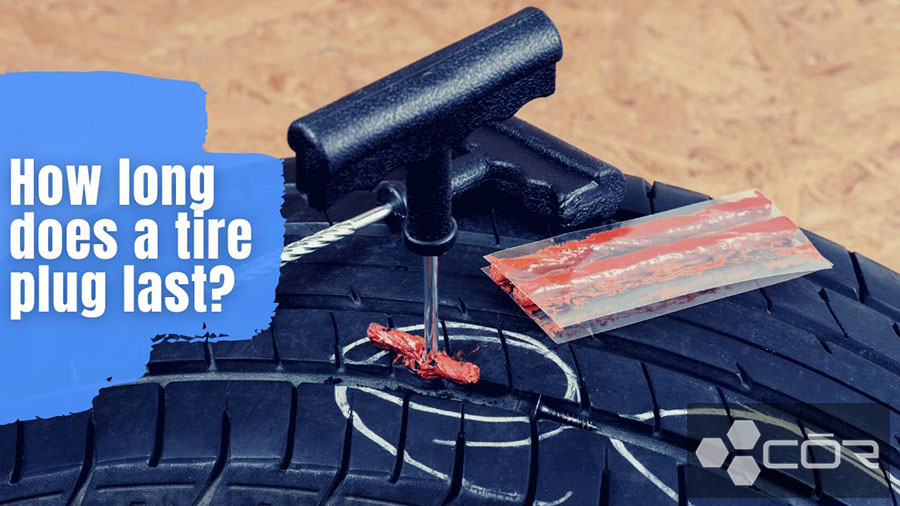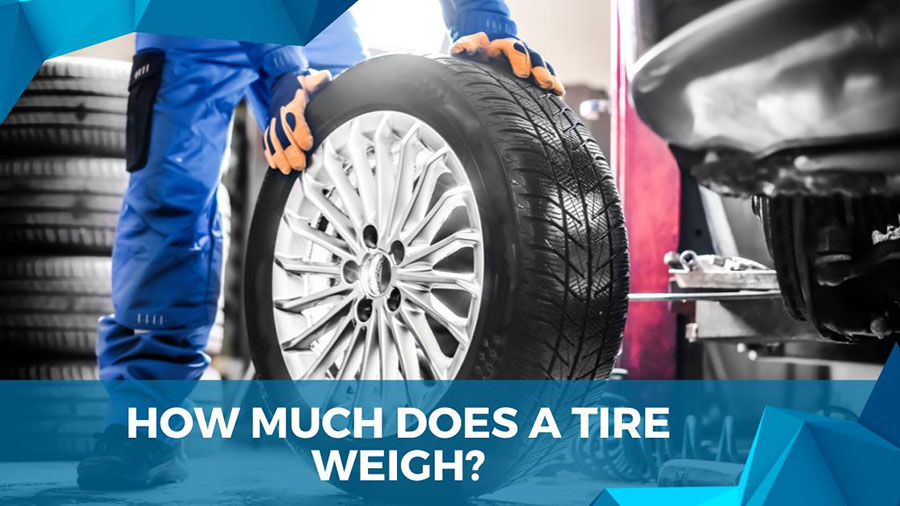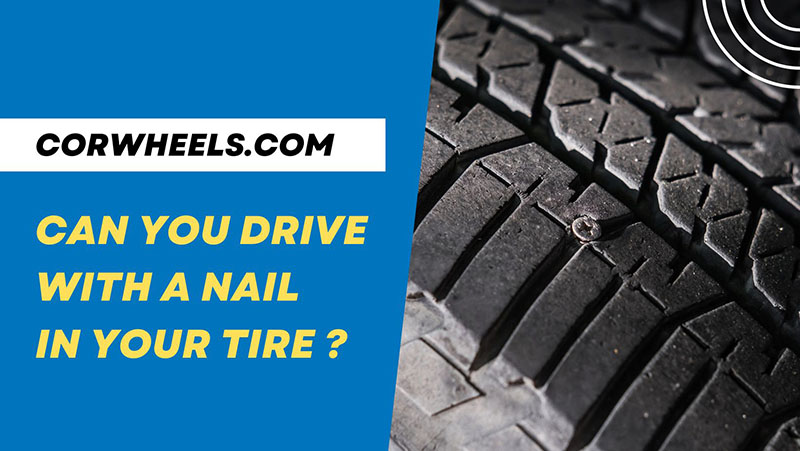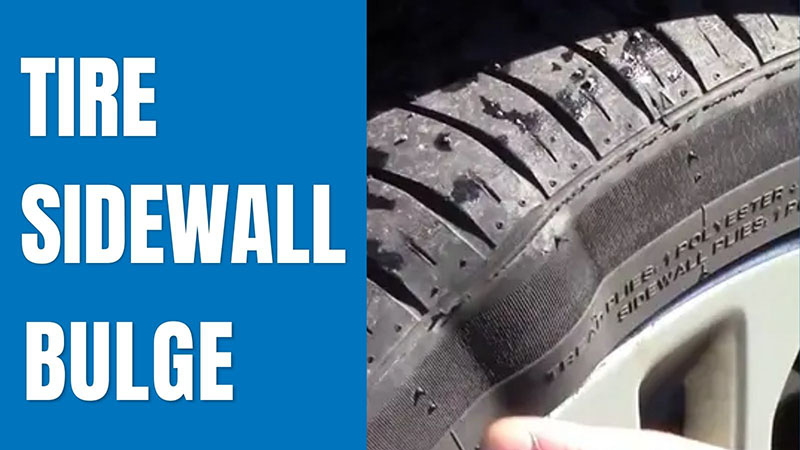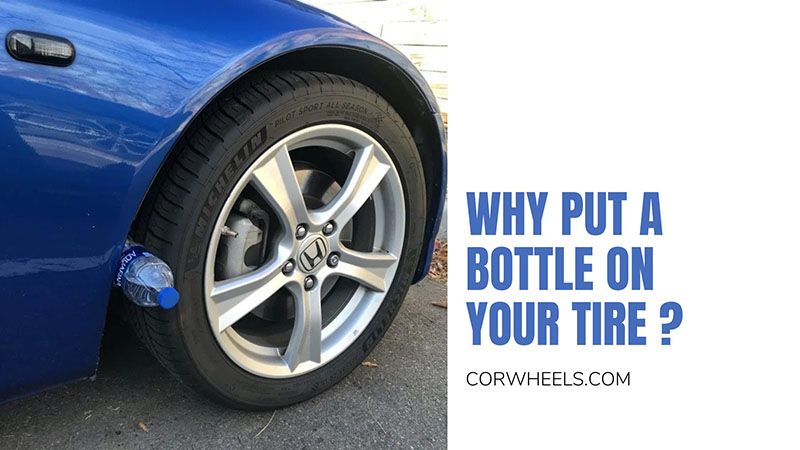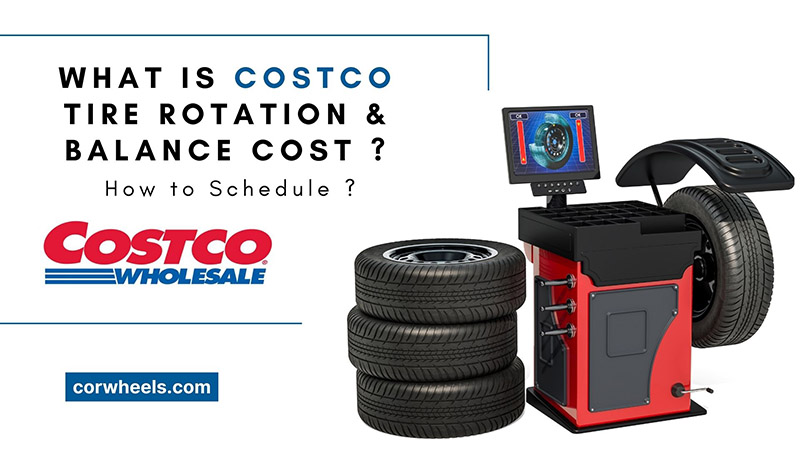A tire plug is no stranger to many drivers whenever their car wheels encounter problems, especially a puncture. Yet can you drive on the highway with a plugged tire? Explore the answer in this article.
In this article:
What Is A Tire Plug?
A plug is fabricated from many strips of leather, and its main component is a compound, including rubber and other chemical substances. It is an object that provides a seal for the hole on a tire’s surface.
Before inserting a plug, drivers should measure the size and width of a puncture and choose a suitable tire plug for their vehicles. Then, they slowly wedge it into a damaged tire with the purpose of letting no more air leak.
In this way, your tire avoids deflating. However, a tire plug is not as functional as a new intact tire, and frequent replacement is advisable in case the blowout scenario happens.
How Long Will A Tire Plug Last?
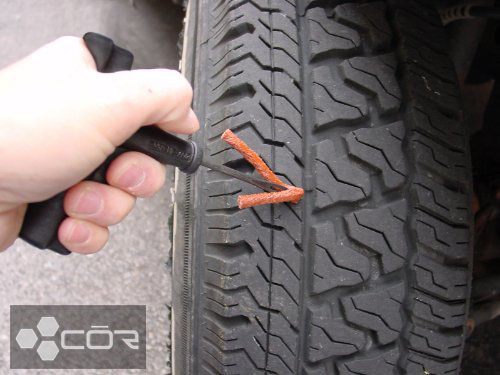
This matter depends on several factors, such as the hole’s position and installation methods. But a normal plug can last at least five years, and this figure can reach up to 7-10 years, according to numerous tire experts.
More specifically, the installation approach seems more difficult if a puncture is too large or close to a sidewall. Due to this, your tire plug could be improperly done, shortening its lifespan greatly.
It is inadvisable to use a plug more than once, which can wreak havoc on the car’s speed rating and potentially result in a blowout issue.
In What Situations Should I Not Use A Plug ?
Below are some notes you should pay close attention to.
The Hole Is Too Large
The size of a puncture will determine whether the tire is suitable for plugging. If it is larger than a quarter of an inch or at a steep angle, you are not recommended to use a plug.
The reason is that a plug cannot effectively fit in a large hole, as the air can still move outside. The efficiency of this approach will likely be reduced as a consequence.
The Hole Is On A Tire Shoulder Or Sidewall
The plugging method seems futile when a puncture is, unfortunately, situated on the sidewall or shoulder of a tire. This is because they are not made of similar components and materials.
Furthermore, the operation of a plug mainly involves the synchronization between it and wheel chords. In other words, it cannot function well in an area without these chords.
Apply A Plug On A Worn Out Tire
A tire damage poses a great menace to drivers, and plugging this tire is also risky. Worse scenarios, like the wheel exploding, will take place if they don’t take proper steps, followed by their safety hazard.
Reuse A Tire Plug
Many people have wondered: Can you replug a plugged tire? The answer is no. As we have mentioned earlier, a plug is not endurable. When you reuse it, it has already been susceptible to foreign objects, namely iron steel, nails, rods, or other sharp objects.
It is more vulnerable to wear and unable to ensure its efficient working. Using a plug again also heightens the risk of a blowout. When it gets worn, coupled with excessive air pressure inside a tire, your car wheel would burst unpredictably while you are disengaging the clutch.
Other Situations:
- The hole has an irregular shape.
- The wheel nail is thick.
- The sidewall is damaged.
- Your tire is flat.
- There is a bubble or bulge in the rubber on an automobile sidewall.
How To Plug A Flat Tire?
Following is a comprehensive instruction that might come into use.
- Step 1: Thoroughly prepare tools and devices, such as a tire plug kit, lug wrench, air chock, valve stem tool, a vehicle jack, pliers, and a razor blade.
- Step 2: You need to raise your vehicle by using a jack and keep it stationary with the assistance of a jack stand. Then, crawl under your car and use an impact wrench and socket to take the wheel lugs out of their fixed positions.
- Step 3: After removing the tire, you must define a puncture’s location. If you cannot spot it, prepare a bottle filled with soapy water to spray on a tire’s surface. The area that bubbles up is where the leak is situated.
- Step 4: Use a valve stem tool to remove the tire’s valve stem core. Please don’t throw it away because this motor part will help hold the air together with a plug.
- Step 5: There is a reamer in the tire patch kit. Wedge it into the tire hole meticulously to create an ideal space for an upcoming plug.
- Step 6: Insert a plug into the kit tool. Subsequently, you must apply the contact cement to the newly formed site. It can be regarded as a lubricant, facilitating the entry of the plug.
- Step 7: Push the tool with force into a hole. Afterward, you pull it back in the opposite direction of a tire puncture cavity.
- Step 8: Use a trim to cut off the excess plug left outside of the wheel. Avert slashing your tire tread.
- Step 9: Use a socket to twist and hand thread the lug, preventing the wheel studs from crossing it.
- Step 10: Inflate your tire by using an air chock. Slowly remove the vehicle jack and jack stand to lower your automobile to the ground.
Frequently Asked Questions
How Fast Can You Go On A Plugged Tire?
When your tire is plugged, you can drive at high speed, up to 135 mph, on a straight road. Hence, driving on the highway at a controlled velocity is possible.
Can I Drive A Long Distance With A Plugged Tire?
Yes.
You can drive a long distance in case a plug is correctly installed. If not, several potential problems presented above could be rendered.
Does The Tire Plugging Practice Cause Harm?
No.
The plug proves its great effectiveness in emergency repair, and it doesn’t have any repercussions for your tire in the long run.
The Bottom Line
Hopefully, you will learn more about a tire plug’s duration and confidently know how long a tire plug after installation can last.
Thank you for your support, and have a nice day
See more:

